|
Many among us love to hear the song of the wood thrush which has inspired many love poems through the history of our literature. But most of us don’t know a bird’s call from its song.
Bird song, "usually produced by the male, is an advertisement of territory and breeding availability, and, in most species, is limited to the breeding season …" It is mostly about territory or love songs, we can generally hear it only in spring and early summer, when the birds are nesting. A few birds sing throughout the year. In some species, the bird is physically incapable of singing during the fall and winter. "Bird calls tend to be unmusical, acoustically simpler, and less complex than the proclamatory songs, and they serve to communicate whereabouts between pairs or among members of a flock, warning sounds, sharp notes to intimidate or drive away enemies..." When that same chickadee calls–"chick-a-dee-dee" or "chick-a-dee-dee-dee"–it may be saying literally, “Chickadee here! Here I am!” If there’s a fear; a predator nearby, more "dees" means more danger. The common yellowthroat, is recognizable with its: "witchety-witchety-witchety." We need to concentrate hear the difference between the "peter-peter-peter" of the tufted titmouse and the "TEACHer-TEACHer-TEACHer" of the ovenbird. Sounds travel depends on the bird’s environment. Different sounds travel better in different environments. Some birds sound the way they do because of where they live. Olive-sided flycatcher sings atop a tall tree and its whistled song carries half a mile through the open air. One red-eyed vireo was heard to repeat its song over 22,000 times in ten hours! Listen to wood thrush, robin, chickadee voices Learn about chickadee codes Or find answer to your many bird questions Source: http://awaytogarden.com/birdnote-qa-bird-songs-and-calls-demystified To share your bird photos: http://web1.audubon.org/imagePublic/cbc_form.php Tea is the most widely consumed beverage in the world, after water. Tea has historically been promoted for having a variety of positive health benefits. The "herbal tea" usually refers to infusions of fruit or herbs made without the tea plant.
Tea is prepared by pouring hot or boiling water over cured leaves of the tea plant, Camelia sinensis, native to East and South Asia. The beverage likely originated in China with the earliest records of tea consumption dating to the 10th century BC. It was introduced to Portuguese in 16th century, became popular in Britain later and there from was introduced to India for cultivation. Tea plants are propagated from seed and cutting; it takes about 4 to 12 years for a tea plant to bear seed, and about three years before a new plant is ready for harvesting. Tea plants require rainfall and acidic soils. Many high-quality tea plants are cultivated at elevations of up to 1,500 m (4,900 ft) above sea level: at these heights, the plants grow more slowly and acquire a better flavor. A tea plant will grow into a tree of up to 16 m (52 ft) if left undisturbed, but cultivated plants are pruned for ease of plucking. Only the top 1-2 inches of the mature plant are picked. These buds and leaves are called "flushes“. A tea plant will grow a new flush every seven to 15 days during the growing season, and leaves that are slow in development always produce better-flavored teas. Teas are divided into categories based on how they are processed. There are at least six different types of tea: white, yellow, green, oolong and red and black. Some varieties, such as traditional oolong tea and Pu-erh tea, a post-fermented tea, can be used medicinally. Tea contains catechins, a type of antioxidant. In a freshly picked tea leaf, it can comprise up to 30% of the dry weight. Catechins are highest in concentration in white and green teas, while black tea has substantially fewer due to its oxidative preparation. Caffeine constitutes about 3% of tea's dry weight, depending on type, brand, and brewing method. Tea also contains small amounts of theobromine and theophylline. Fluoride and aluminium have also been found to occur in tea, with certain types of brick tea made from old leaves and stems having the highest levels. This occurs due to the tea plant's high sensitivity to and absorption of environmental pollutants. The widespread form chai comes from persianچای chay. This derives from Mandarin chá, which passed overland to Central Asia and Persia, where it picked up the Persian grammatical suffix -yi before passing on to Russian, Arabic, Urdu, Turkish, etc. The words that various languages use for "tea" reveal where those nations first acquired their tea and tea culture. Read more: http://en.wikipedia.org/wiki/Tea The Miracle of Spring
Recall how with frozen fingers December’s clouds outspread Over the fields and uplands a mantle of ice and snow; Over the buried roses, over a world of dead Vengeful as any hangman stalked the exultant crow. But lo, the abiding wonder! Spirit, that never dies, Surges anew and vital through the upstanding trees. See, those spear-armed horsemen, the spreading tulips, rise Over the plains triumphant, hills, yea, and mountains seize. Behold, the eager lily leaps to delight the eye, Spurning the bent narcissus crouched in his self-regard. Deep in the springing corn-shoots the gleaming violets lie; Bright with a myriad jewels the wheat-swept fields are starred. Under the nodding willow the poppy lies in blood- Sudden the blow that smote her, drenched her crimson flood. And now, mid the green profusion of wheat, in mingled hue Note how the lily argent with azure glows; So, when the sky is stippled with scattered rain-clouds through Here and here betwixt them the vault of heaven shows. BAHAR (1884 -1951) Verse Translation : A.J.Arberry (1905 -1969) http://en.wikipedia.org/wiki/Mohammad_Taghi_Bahar http://en.wikipedia.org/wiki/Arthur_John_Arberry The night of good loneliness
Listen! The farthest bird of the world sings. Night is fluent, consistent and open. The Geraniums and the most sonorous branch of the season hear the Moon. The front stairs of the building, In the lantern at hand and in the profuse light wind, Listen, the road is calling from afar to your steps, your eye is not the ornament of darkness. Shake eyelids, wear shoes, and come. and come to where, the feather of the Moon hints to your finger and Time sits down on a chunk of clay with you and the bible of night absorbs your body to itself, like a song lyrics. A pious man would be there to tell you: The best thing is arriving to a look, wet from the accident of love. Sohrab Sepehri (1928 - 1980) Translated from Persian by Nasrin Yavari Tile flower
Rain of light pouring through the ornaments of the endless cell washing a flower on the tile wall. The snake of this flower’s stalk live in a gentle and smooth dance. As if the burning essence of dance was dropped down the black snake’s throat. Tile flower was alive in a world with secrets, no ending world of the blue. While a child In the curve of the terrace ceiling, In the colored glass of the windows, between the stains on the walls, everywhere my eyes wandered for an unknown thing alike the tile flower, I saw something and every time I went to pick my dream shed petals. My look on the threads of flower stalk I felt the warmth of its veins: My whole life had trickled in the throat of the tile flower. The flower had another life. Is this flower that had grown in the soil of my dreams knew the past child or is that me, who was dripped into it, and lost? My look on the fragile thread It could only hold to its stalk. How to pick a flower that withers by a dream? The hand of my shadow crawled up The blue heart of the tiles pounded. The rain of light stopped: my dream shed petals. Sohrab Sepehri (1928 - 1980) Translated from Persian by Nasrin Yavari Water
Let's not muddy the brook; Perhaps a pigeon is drinking water at a distance, Or perhaps in a farther thicket a goldfinch is washing her feathers, Or a pitcher is being filled in a village. Let's not muddy the brook; Perhaps this brook runs to a poplar's foot, to wash away the grief of a lonely heart. A dervish may be dipping dry bread in the brook. A beautiful lady walked to the brink of the brook. Let's not muddy the brook. The lovely face has been doubled. What refreshing water! What a spring river! How friendly seem the folk at the upper village! May their springs always gush; may their cows always render milk! I have not seen their village, Surely God's footprints lie at the foot of their huts. There moonlight enlightens the expanse of words. Surely in the upper village hedges are low; There the folk know what sort of flower is anemone; Surely there the blue is blue. A bud is blossoming, the village inhabitants know. O what a fine village it must be! May its orchard-lanes be full of music! The folk upstream understand the water. They did not muddy the brook. We also must not muddy the brook. Sohrab Sepehri (1928 - 1980) Translated from Persian by M. Alexandrian http://en.wikipedia.org/wiki/Sohrab_Sepehri |
|
Archives
July 2020
Categories
All
|
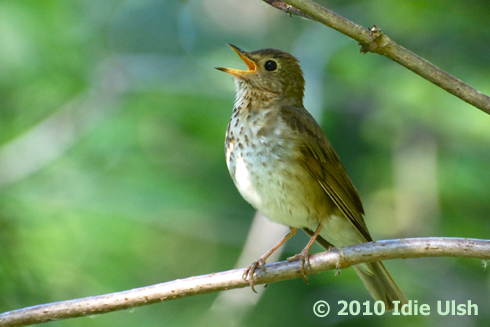
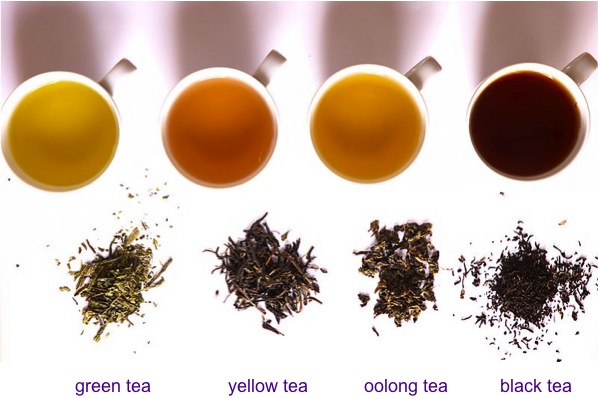
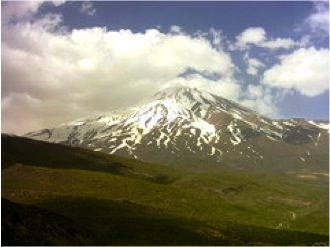
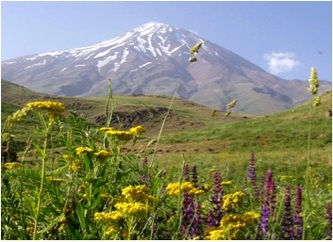
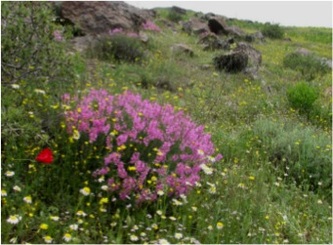
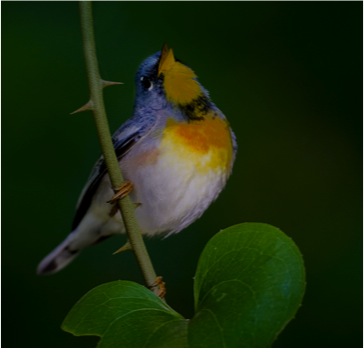

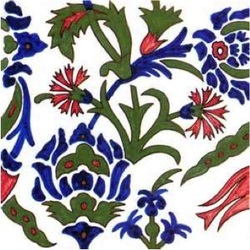

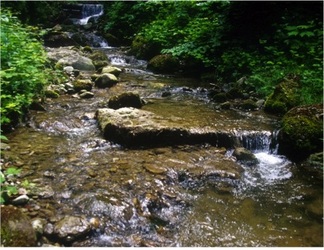
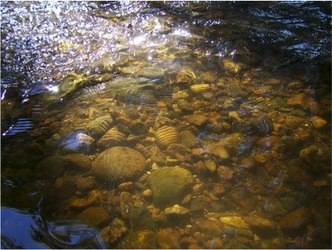
 RSS Feed
RSS Feed
